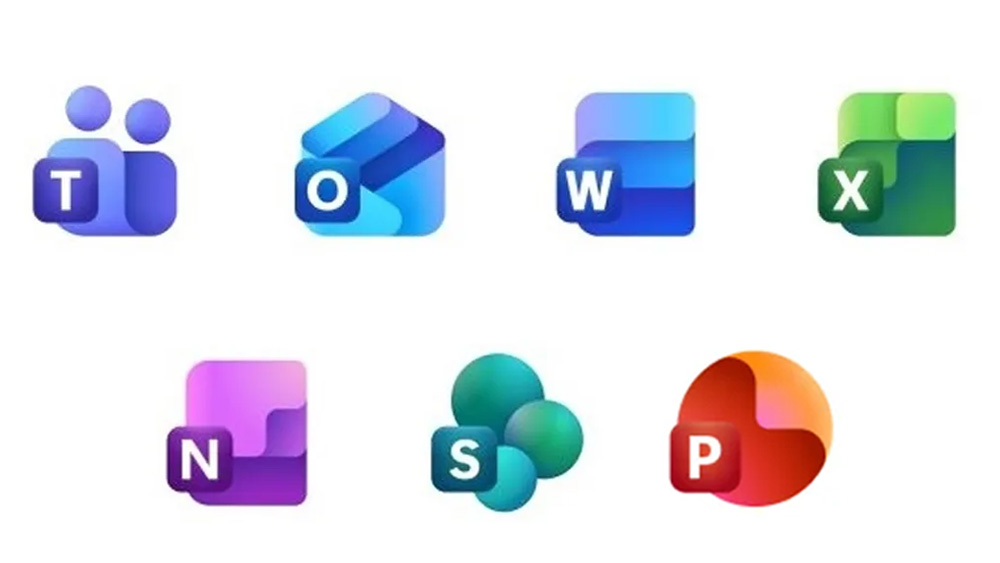Nvidia: A Titan in AI Technology with Record-Breaking Growth

Nvidia (NASDAQ: NVDA), a prominent player in the realm of artificial intelligence (AI), has proven to be a lucrative investment for those who have supported the company over the long term. In a remarkable five-year period, the company's stock has skyrocketed by an astounding 1,610% as of April 9, fueled by an unprecedented demand for its graphics processing units (GPUs). This explosive trend shows no signs of abating, reinforcing Nvidia's position at the forefront of the tech industry.
However, despite its impressive growth, Nvidia's stock has faced challenges over recent months. As of now, shares are trading approximately 24% below their all-time high, which was reached in January of this year, amidst a turbulent market environment that has raised concerns among investors. In times of widespread pessimism and fear, it is not uncommon for certain stocks to become oversold. This begs the question: Could this be an opportune moment to invest in Nvidia? Is the current dip a potential buying opportunity for savvy investors?
Powering the AI Trend
To understand Nvidia's significance in the AI landscape, one must consider the demands placed on computing solutions for training and executing various AI models now prevalent across industries. Nvidia's GPUs are essential components, providing the high-speed computing power required for these applications. In the fourth quarter of its fiscal year 2025, which concluded on January 26, a staggering 91% of Nvidia's revenue was derived from its data center segment, which is currently experiencing an unprecedented surge in demand. As a result, Nvidia has established a commanding lead in the AI chip market, capturing a substantial share of this rapidly growing industry.
Nvidia's remarkable growth trajectory is likely to serve as a focal point for future business school case studies. The company's revenue saw an impressive 78% increase, rising from $22.1 billion reported in the fourth quarter of fiscal 2024 to an astonishing $39.3 billion in its most recent fiscal quarter. This growth has been bolstered by cloud infrastructure providers looking to enhance their AI capacities in order to better serve their clientele. Notably, Nvidia's revenue in fiscal 2025 soared to 12 times what it was just five years ago, marking a transformational period for the company.
Beyond its top-line growth figures, Nvidia's profitability is equally noteworthy. In the fourth quarter, the company's net income represented 56% of its sales, highlighting the significant operating leverage inherent in its business model. Such impressive margins underscore Nvidia's efficiency and effectiveness in capitalizing on the booming demand for AI solutions.
Nvidia's Strengths and Threats
Reaching a remarkable $2.4 trillion market capitalization is no small feat, and it is clear that Nvidia has executed a strategic vision that has paid off significantly. A few key factors have positioned Nvidia favorably within the technology sector.
One of the most critical components of Nvidia's success is its relentless commitment to innovation. The company has a historical track record of swiftly introducing new GPU architectures, ensuring it stays ahead of the competition. Its latest Blackwell architecture builds upon the advancements made by its previous offerings, including the Hopper and Lovelace lines, which were heralded as best-in-class during their respective eras. These innovations not only cater to evolving customer needs but also provide significant performance improvements over prior GPU generations.
Additionally, Nvidia has established a robust and multifaceted economic moat that protects its market position. This competitive edge is largely attributed to its unparalleled technical expertise in GPU design, coupled with the development of tools that empower developers to maximize the capabilities of this hardware. This comprehensive knowledge base has granted Nvidia a substantial lead in the industry, making it a formidable opponent for competitors.























